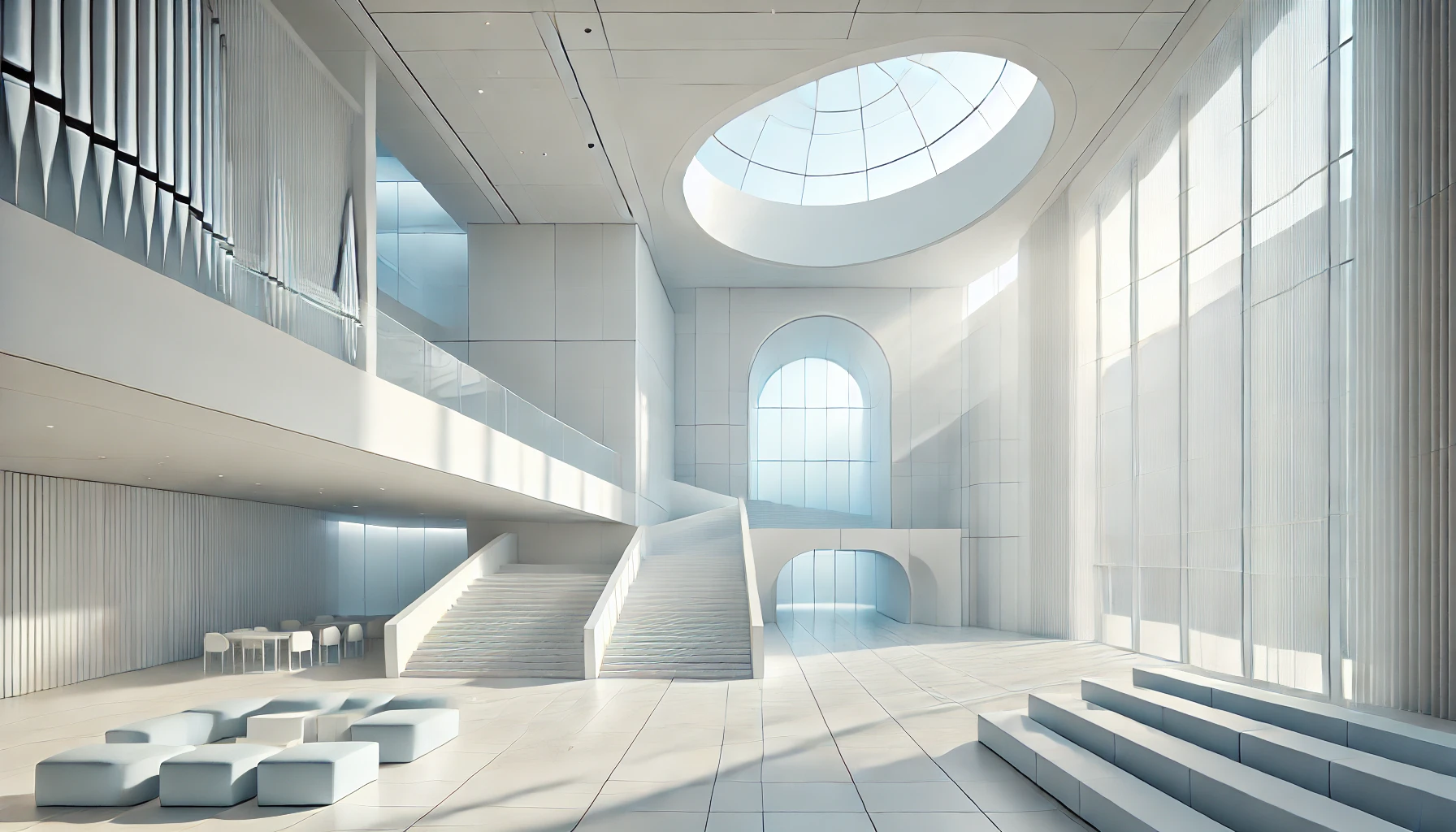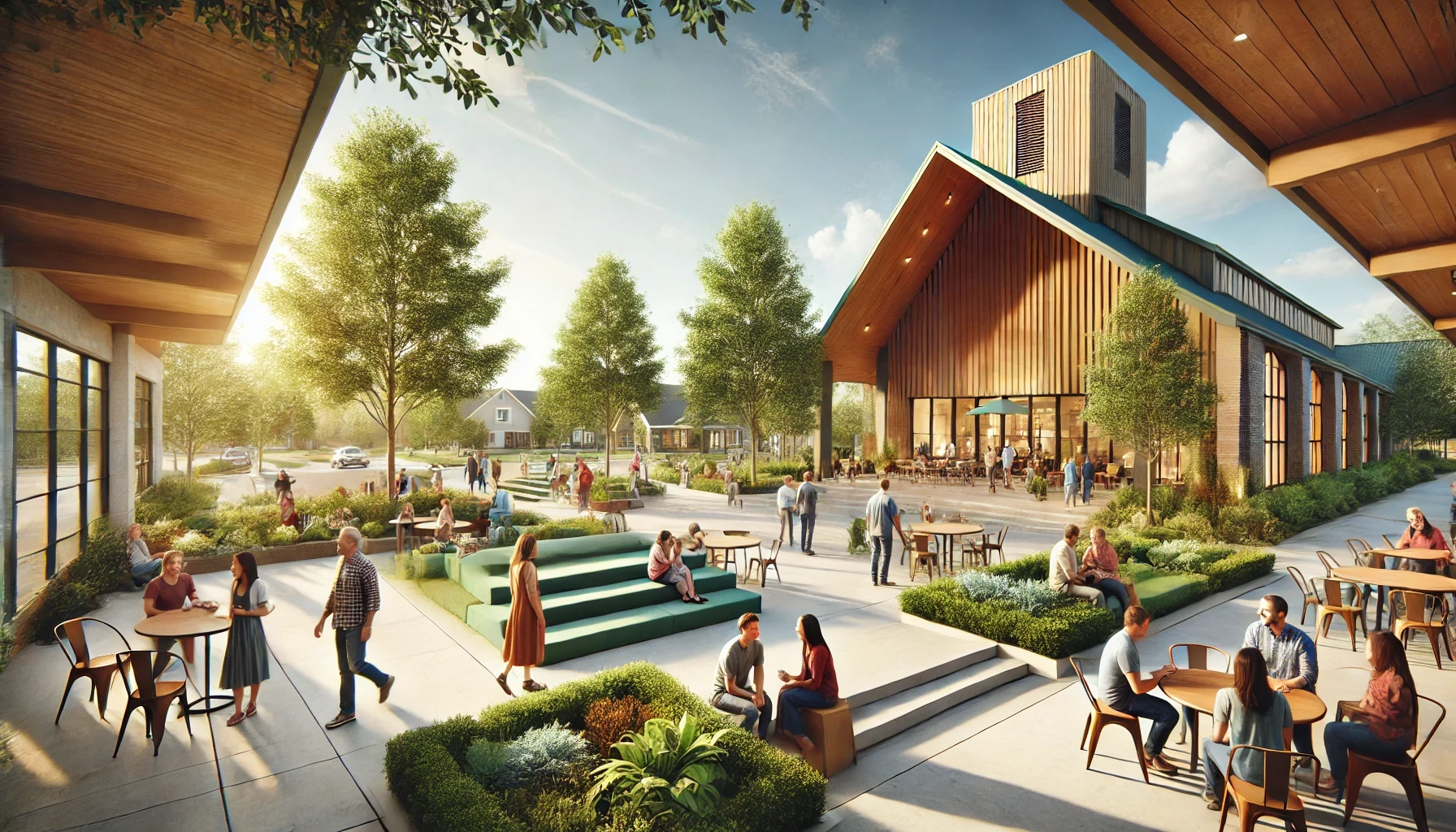New Trends in Church Construction: What to Watch in 2024
As we look forward to 2024, the landscape of church construction is undergoing significant transformation. Driven by shifts in congregational needs and advancements in technology and sustainability, several exciting trends are emerging. Whether you’re planning a new build or a renovation, these insights will help you make informed decisions that resonate with modern worshippers.
1. Sustainability and Energy Efficiency
Environmental consciousness is at the forefront of many new church constructions. Churches are increasingly turning to sustainable building practices that include energy-efficient designs, the use of eco-friendly materials, and the integration of renewable energy sources. This trend not only aligns with the growing environmental ethos of congregations but also leads to lower operational costs. Consider features like solar panels, green roofs, and rainwater harvesting systems, which are becoming standard in new designs.
2. Flexible and Multipurpose Spaces
The needs of congregations are evolving, and modern church designs reflect this by incorporating flexible, multipurpose spaces. These areas can serve a variety of functions, from worship services to community events and educational programs. This adaptability ensures that church facilities remain vibrant and fully utilized. Think about creating versatile halls that can easily transition between different activities, maximizing the utility of the space.

3. Advanced Technology Integration
Technology continues to play a crucial role in shaping modern church designs. Integrating advanced audio-visual systems, live streaming capabilities, and smart technologies is now commonplace. These innovations not only enhance the worship experience but also facilitate hybrid services, allowing congregations to connect both in person and online. Investing in high-tech solutions can keep your church relevant and accessible to a broader audience.
4. Community-Centric Design
Today’s church buildings are increasingly viewed as community hubs. This trend is reflected in designs that include spaces for cafes, recreational activities, and local events. By fostering a welcoming atmosphere, churches can strengthen their ties to the community and encourage more frequent use of their facilities. Designing spaces that promote interaction and engagement is key to creating a true community center.
5. Biophilic Design
Biophilic design aims to bring the natural world into built environments, creating calming and inspiring spaces. For churches, this means integrating elements such as large windows for natural light, indoor plants, and outdoor views. These features not only enhance the spiritual atmosphere but also contribute to the well-being of congregants by providing a serene environment that encourages reflection and peace.
6. Modular and Prefabricated Construction
Modular and prefabricated construction methods are gaining traction in church building projects. These techniques offer numerous benefits, including cost savings, quicker construction times, and high-quality finishes. Modular components can be prefabricated off-site and assembled on location, making it an efficient option for churches looking to expand or build new facilities rapidly without compromising on design or functionality.
7. Accessibility and Inclusivity
Designing for inclusivity is becoming a priority in church construction. This involves creating spaces that are accessible to all members of the congregation, regardless of age or ability. Features like ramps, wide doorways, accessible seating, and restrooms ensure that everyone can participate fully in church activities. Inclusivity in design is not only a practical consideration but also a reflection of a church’s commitment to welcome and serve all congregants.

Embracing these trends in church construction can help create more sustainable, flexible, and inclusive worship spaces that meet the evolving needs of modern congregations. By staying ahead of these trends, churches can ensure they remain relevant, welcoming, and impactful in their communities.
Want to Discuss Your Next Project?
Are you ready to explore these trends in your next church construction project? Whether you have questions, need advice, or are ready to start planning, our team is here to help. Fill out the form below, and let’s start a conversation about bringing your vision to life.





